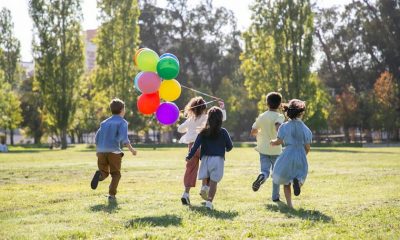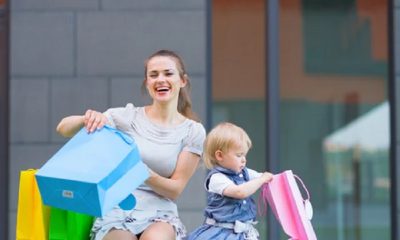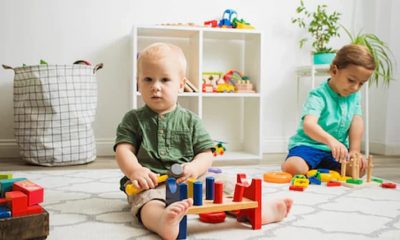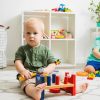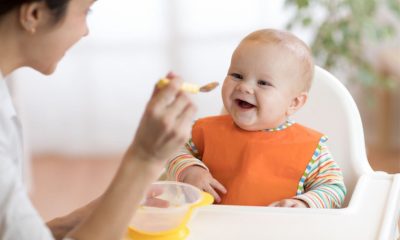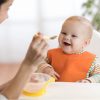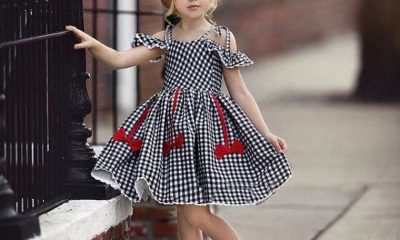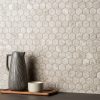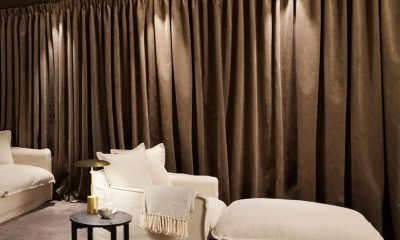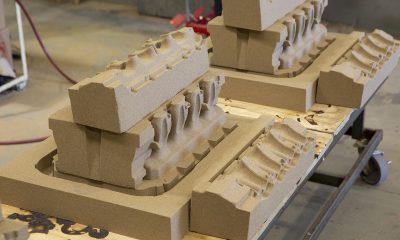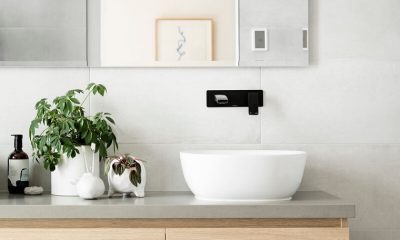Parenting & Kids
Creating a Safe Sleep Environment for Your Baby: Best Practices for New Parents
Creating a safe sleep environment for your baby is paramount to reducing the risk of Sudden Infant Death Syndrome (SIDS) and other sleep-related incidents. Moreover, a safe sleep environment supports optimal physical and cognitive development. As a new parent, it can be challenging to know which practices are essential to ensure your bub is safe. That is why we have compiled several important tips to help you provide the best sleeping environment for your little one. By following these guidelines, you will have peace of mind and rest more comfortably, knowing your baby is sleeping safely and soundly.
Share the Room, Not the Bed
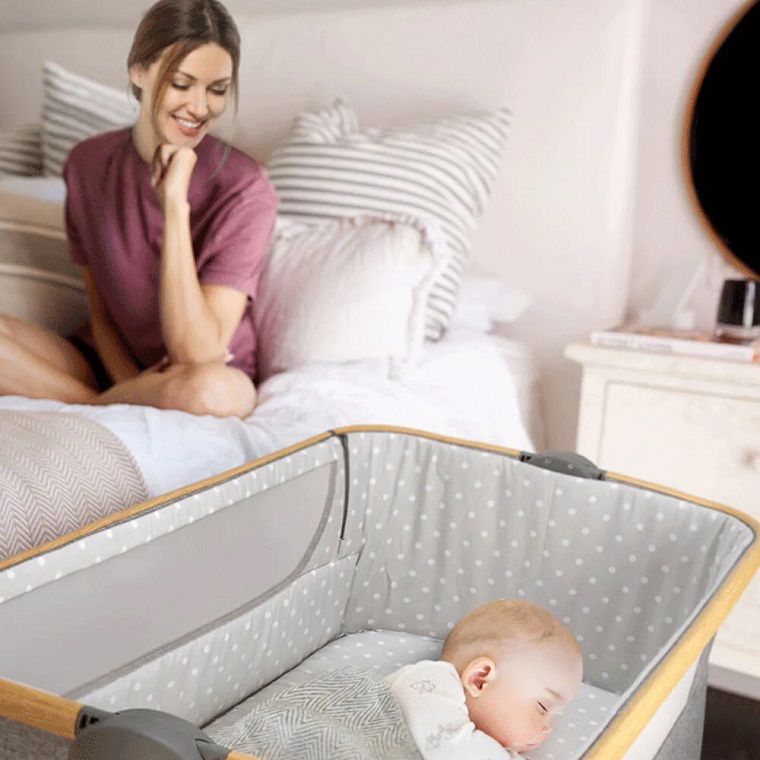
Sharing the room with your newborn baby is recommended, especially for the first six to twelve months. It promotes closeness and easy access to caregiving. That said, make sure to place the crib or bassinet close to your bed, so you can easily attend to your baby’s needs.
However, it’s extremely important not to share the bed with your baby. Bed-sharing with a newborn poses risks of suffocation and entrapment, as the adult bed is not designed for the safety of an infant. The baby can become trapped in gaps between the mattress and bedding or be accidentally covered by pillows or blankets.
Instead of putting your baby in the bed with you, purchase an adequate cot co sleeper that will allow your little one to sleep close to you while also promoting bonding and easing nighttime feeding and comforting. These co-sleepers typically have one side that is open or made of mesh, allowing easy access to the baby from the adult bed while still providing a separate sleep surface. Using a cot co sleeper reduces the risk of accidental suffocation or entrapment. They are designed with safety features to ensure that the baby has their own safe sleep space while still maintaining closeness with their caregivers. It is important to carefully follow the manufacturer’s instructions for installation and use to ensure the well-being of your baby.
Put Your Baby on Their Back
The safest sleeping position for babies is on their backs. That said, always put your newborn on their back when placing them in their crib or cot. When a baby sleeps on their back, it helps keep their airway open and reduces the chances of accidental suffocation or overheating. It is important to always place your baby on their back for both naptime and bedtime until they are able to roll over on their own. Once a baby can independently roll from back to tummy and tummy to back, they can choose their own sleeping position.
Provide a Firm Sleep Surface
It’s crucial to provide a firm and flat sleeping surface to create a safe sleep environment. Place your baby in a safety-approved crib or bassinet that meets the recommended safety standards. Also, ensure that the mattress used in the crib or bassinet is clean and firm. For instance, when you press down on the mattress, it should quickly regain its original shape without conforming to the shape of your hand. Avoid placing your baby to sleep on soft surfaces like adult beds, couches, or cushions as they can increase the risk of suffocation or accidental entrapment.
Keep the Sleep Environment Safe
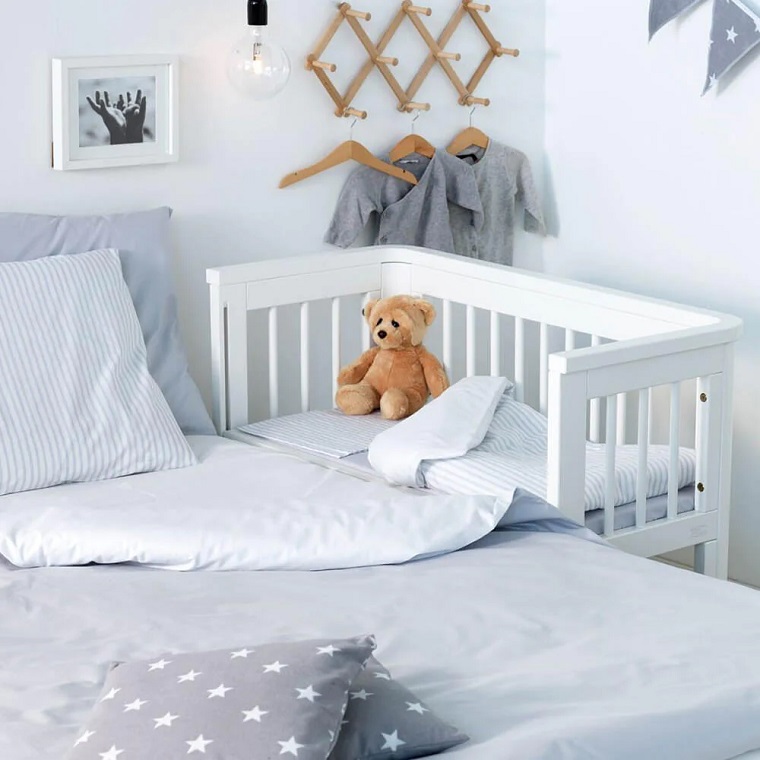
Another important practice is to make sure the sleep environment is safe from potential hazards. There are multiple ways in which you can ensure that. One is by keeping the bedding minimal. That said, use a fitted sheet designed for the specific crib or bassinet mattress. Avoid using loose bedding, pillows, blankets, or stuffed animals in the sleeping area, as they can pose suffocation hazards.
In addition, keep the room at a comfortable temperature, neither too hot nor too cold. Dress your baby in appropriate clothing for the ambient temperature to prevent overheating or chilling. In warmer climates, in order to prevent your little one from overheating dress them in light and breathable fabrics. Avoid using heavy blankets or excessive layers that could cause overheating.
Checking for hazards such as cords, loose threads or other objects that could pose risks of entanglement is also extremely important. Another hazard you need to avoid is smoke. Keep the sleeping area and your home smoke-free. Exposure to secondhand smoke increases the risk of SIDS and other respiratory issues.
Don’t Cover Their Head
It is essential to ensure that your baby’s head and face remain uncovered during sleep to maintain a safe sleep environment. Use sleep sacks or wearable blankets as a safer alternative to traditional blankets, as they provide warmth while keeping the head and face exposed. By doing so, you will prevent restricted airflow, and suffocation, maintain proper temperature regulation, and avoid sleeping accidents.
Offer a Dummy
Offering a pacifier, or dummy, to a baby during sleep has been associated with potential benefits in promoting safer sleep. Pacifiers can have a soothing effect on babies, helping them relax and potentially facilitating easier sleep. The act of sucking on a dummy satisfies their natural sucking reflex, aiding in self-soothing and potentially helping them settle back to sleep if they wake up during sleep cycles.
Additionally, using a pacifier during sleep may help keep the airway open and reduce the risk of Sudden Infant Death Syndrome (SIDS). However, it is important to introduce pacifier usage appropriately and avoid forcing it on a baby who does not want it. It is recommended to wait until breastfeeding is well-established and choose a pacifier designed for infants that meets safety standards. Always consult with your pediatrician or healthcare provider for personalized advice on pacifier use.
Educate Caregivers
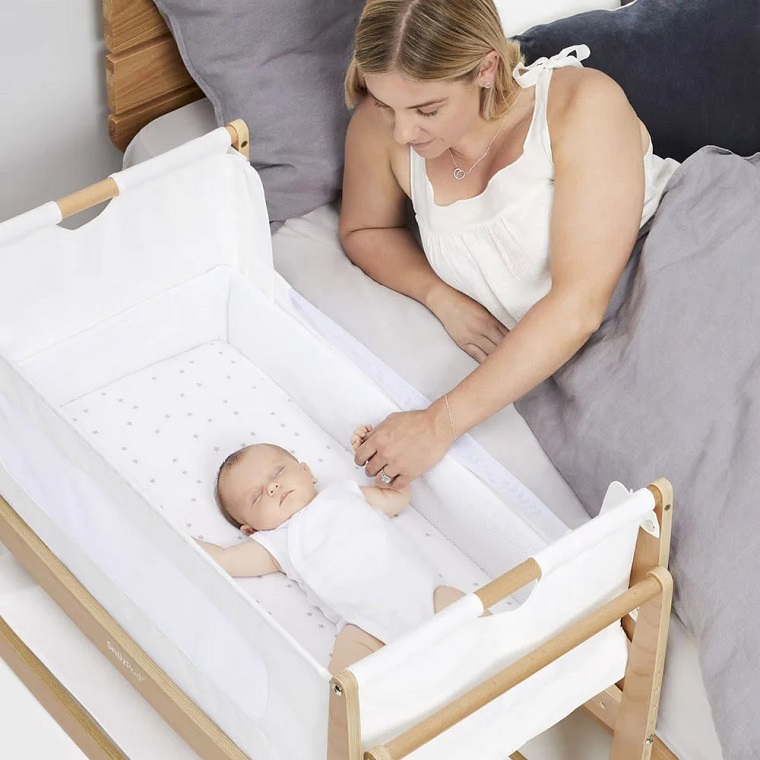
Educating caregivers on safe sleep practices for your baby is crucial for maintaining a consistent and safe sleep environment. Caregivers, including family members, grandparents, babysitters, and daycare providers, play a crucial role in your baby’s care. Sharing important guidelines with them regarding safe sleep promotes consistency in sleep routines, prevents conflicting information from being followed, and encourages open communication about any concerns or questions. Ultimately, it provides peace of mind for parents, knowing that all caregivers are informed and committed to creating a safe sleep environment for their precious little ones.
Final Thoughts
By implementing the above-mentioned practices, you can create a secure sleep environment that prioritizes your baby’s well-being and provides you, as new parents, with peace of mind. Moreover, if you have any additional questions or concerns related to sleep safety, it’s best to consult a pediatrician. They can provide personalized advice, address specific concerns, and ensure you have accurate and up-to-date information to create a safe sleep environment tailored to your bub’s needs.
As a proud Pisces known for the selflessness, Olivia joined up the blog fascinated by the idea she can help readers with info on topics and their related benefits like health and beauty, travel, food and drinks. When not writing, she likes to call it a day reading comic books in the company of her Tonkinese cat Chatty or binge-watching The Big Bang Theory with her SO like the nerd she is.

